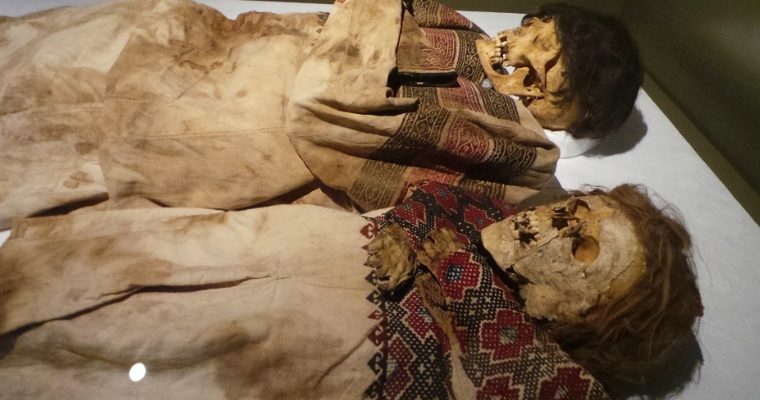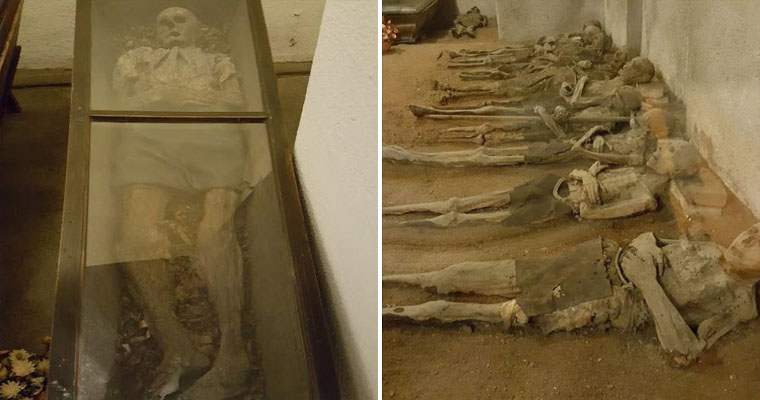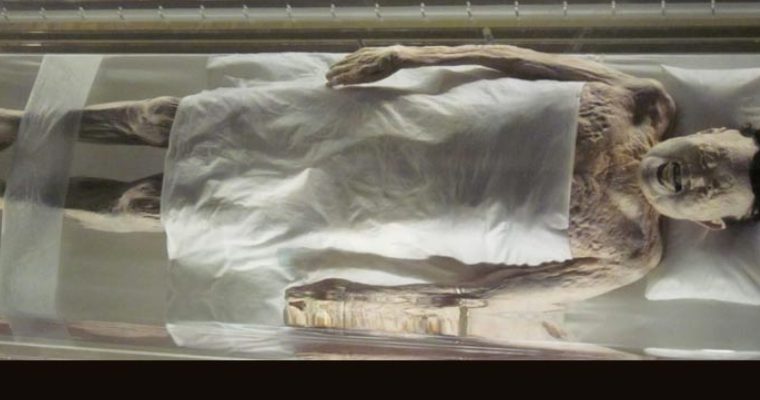Canadian paleontologists have described a new genus and species of raptor dinosaur that lived in western North America about 66 million years ago, at the same time as the giant Tyrannosaurus rex and the herbivorous Triceratops.

This is an artist’s impression of the newly discovered Acheroraptor temertyorum, which lived at the same time as Tyrannosaurus rex and Triceratops. Image credit: Julius Csotonyi.
The new dinosaur, named Acheroraptor temertyorum, was a relatively large, carnivorous, two-legged raptor.
The creature measured about 3 m in length and weighed in at about 40 kg. It had a long-snouted skull, dagger-like ridged teeth and was likely covered in feathers.
Acheroraptor temertyorum is a close cousin of the Velociraptor and the youngest known member of the raptor family, known as dromaeosaurids.
The jawbone fossils of the raptor were collected from the Hell Creek formation in Montana.

Acheroraptor temertyorum. Image credit: Emily Willoughby, www.emilywilloughby.com / CC-BY-3.0.
Looking at the teeth of Acheroraptor temertyorum along with a larger sample of teeth from small meat-eating dinosaurs, the paleontologists say “the evidence suggests a decline in raptor diversity in North America just before the end of the Cretaceous.”
“Acheroraptor gives us a more complete picture of the ecosystem in North America just before the great extinction that marked the end of the Age of Dinosaurs,” says Dr David Evans from both the University of Toronto and the Royal Ontario Museum, the lead author of the paper describing Acheroraptor temertyorum in the journal Naturwissenschaften.
“The close evolutionary relationship of Acheroraptor to a small group of late-occurring Asian species that includes Velociraptor suggests migration from Asia continued to shape North American dinosaur communities right up until the end of the Cretaceous period.”

Holotype maxilla and associated dentary of Acheroraptor temertyorum. Image credit: Royal Ontario Museum.
The genus name of Acheroraptor temertyorum means ‘Acheron Plunderer,’ a clever derivation from ‘Acheron,’ the name of the River of Pain in the mythical underworld of Ancient Greece, thereby acknowledging the location of the fossils.
The species name, temertyorum, honors James and Louise Temerty, for their outstanding service and contributions to the Royal Ontario Museum.
Source: sci.news








